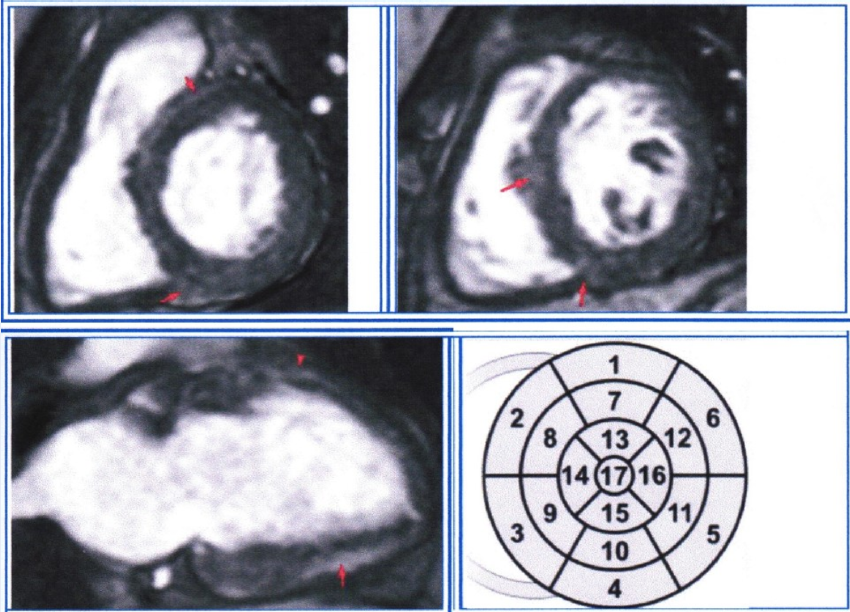Clinical and electrocardiographic interpretation of T-wave abnormalities in adult patients
DOI:
https://doi.org/10.15419/bmrat.v10i12.854Keywords:
T-wave abnormality, ECG, interpretation, ventricular gradientAbstract
This article reviews some existing approaches to the interpretation of standard ECG with T-wave abnormalities present. It emphasizes the role of the localization of T-wave abnormalities, as well as the analysis of the direction and magnitude of QRS, T, and QRS-T mean vectors, taking other concomitant ECG deviations and additional clinical data into account. The use of the implemented approaches is illustrated using corresponding clinical cases. Despite considerable progress in myocardial visualization, ECG interpretation remains a basic skill for any cardiologist because of ECG's availability and ease of use in patients regardless of their physical or mental status. The meaning of changes in the final part of the ventricular complex, including T-wave abnormalities, is one of the most debatable and controversial subjects within ECG analysis since they depend on many precursors such as coronary flow, myocardial thickness, and potassium or other electrolyte imbalance. The purpose of this publication is to analyze the currently available methods for interpreting T-wave abnormalities (TWAs) and find the optimal approach to interpreting such abnormalities.

Published
Issue
Section
License
Copyright The Author(s) 2017. This article is published with open access by BioMedPress. This article is distributed under the terms of the Creative Commons Attribution License (CC-BY 4.0) which permits any use, distribution, and reproduction in any medium, provided the original author(s) and the source are credited.
